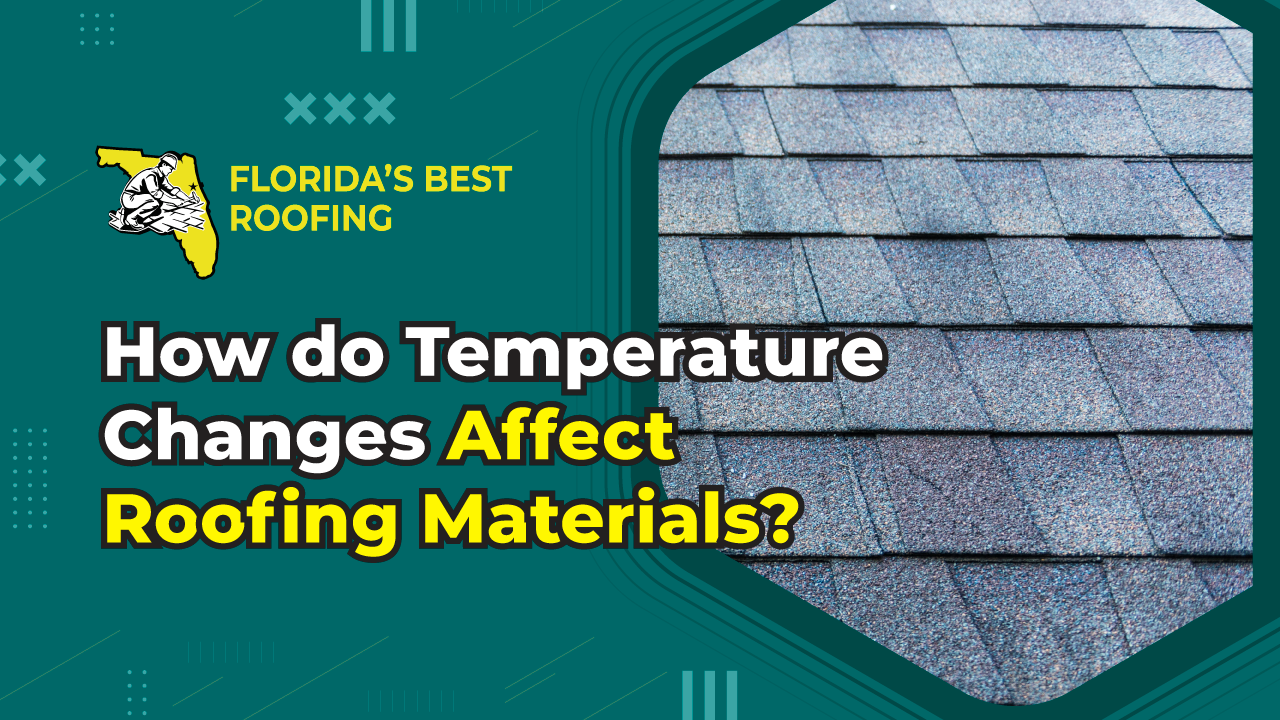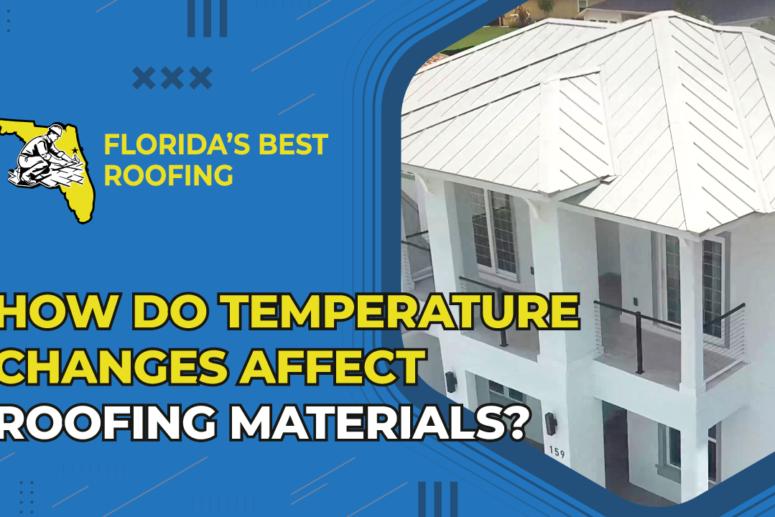When it comes to the longevity and durability of your home, the roof plays a vital role. It shields your house from the elements, including rain, snow, wind, and perhaps most notably, temperature fluctuations. The impact of temperature changes on roofing materials is often underestimated, but it can significantly affect the performance and lifespan of your roof. In this blog post, we will explore how temperature changes affect roofing materials and what you can do to ensure the longevity of your roof.
The Science Behind Temperature Changes
Before delving into how temperature changes affect roofing materials, it’s essential to understand the science behind it. Roofing materials, especially in regions with extreme weather conditions, are subjected to a wide range of temperatures throughout the year. These temperature fluctuations can have a profound impact on the roof’s structure and materials.
During hot weather, roofing materials, particularly asphalt shingles, can become extremely hot. The sun’s intense rays can cause the temperature of the roofing materials to rise significantly, sometimes exceeding the ambient temperature by as much as 50 degrees Fahrenheit or more. Conversely, during cold weather, roofing materials can become brittle and less flexible, making them susceptible to cracking and damage.
The Impact of Heat
Thermal Expansion and Contraction: One of the primary ways temperature changes affect roofing materials is through thermal expansion and contraction. When roofing materials heat up, they expand, and when they cool down, they contract. This constant expansion and contraction can lead to cracks, warping, and deterioration over time.
Asphalt Shingles: Asphalt shingles are commonly used for roofing in many parts of the world. When exposed to high temperatures, asphalt shingles can soften and lose their shape, making them more vulnerable to damage from hail, falling debris, or foot traffic. Over time, this can lead to the shingles becoming less effective at keeping moisture out.
Roof Membranes: For flat or low-slope roofs, membrane materials like EPDM (ethylene propylene diene monomer) and TPO (thermoplastic olefin) are popular choices. These materials can expand and contract with temperature changes. Over time, this repeated stress can cause seams to weaken and potentially lead to leaks.
The Impact of Cold
Brittleness: In cold weather, roofing materials can become brittle. Asphalt shingles, for example, are more prone to cracking and breaking when they are cold and less flexible. This can result in leaks and the need for repairs or replacement.
Ice Dams: In regions with cold winters, ice dams can form on roofs. When snow melts and then refreezes at the eaves of the roof, it can create ice dams that block proper drainage. This can lead to water infiltrating beneath the roofing materials, causing damage to the structure underneath.
Protecting Your Roof from Temperature Changes
Now that we understand how temperature changes affect roofing materials, it’s crucial to discuss ways to protect your roof from these effects.
Choose the Right Roofing Material: Consider your local climate when selecting roofing materials. Some materials, like metal roofing or clay tiles, are more resilient to temperature changes than others. Consult with a roofing professional to choose the best material for your region.
Proper Insulation: Adequate insulation in your attic can help regulate the temperature on your roof. It prevents heat from escaping in the winter and entering in the summer, reducing the temperature extremes your roofing materials experience.
Regular Maintenance: Regular roof inspections and maintenance can help identify issues early. Addressing problems promptly can extend the lifespan of your roof and prevent costly repairs down the road.
Roof Coatings: Roof coatings, such as reflective coatings or elastomeric coatings, can help protect your roof from temperature extremes. They can reflect sunlight, reducing heat absorption, and provide an extra layer of protection against the elements.
Ventilation: Proper roof ventilation helps regulate temperature and moisture levels in your attic. This can prevent the buildup of heat and moisture that can accelerate the deterioration of roofing materials.
Conclusion
Temperature changes have a significant impact on roofing materials. Whether it’s the scorching heat of summer or the bitter cold of winter, these extremes can cause damage and reduce the lifespan of your roof. To protect your investment and ensure the longevity of your roof, it’s essential to choose the right roofing materials, invest in proper insulation and ventilation, perform regular maintenance, and consider additional protective measures such as roof coatings. By taking these steps, you can ensure that your roof remains strong and resilient in the face of temperature fluctuations for years to come.
If you have any questions about roofs or need a roof repair, we would be happy to help you out. Florida’s Best Roofing, Inc. is a fully licensed (CCC 1325974) and insured, local roofing contractor with decades of experience. If you are interested in roof replacement or repair and you are in the Palm Coast, Flagler, or Volusia area, please give us a call at 386-263-7906 for a free estimate!



